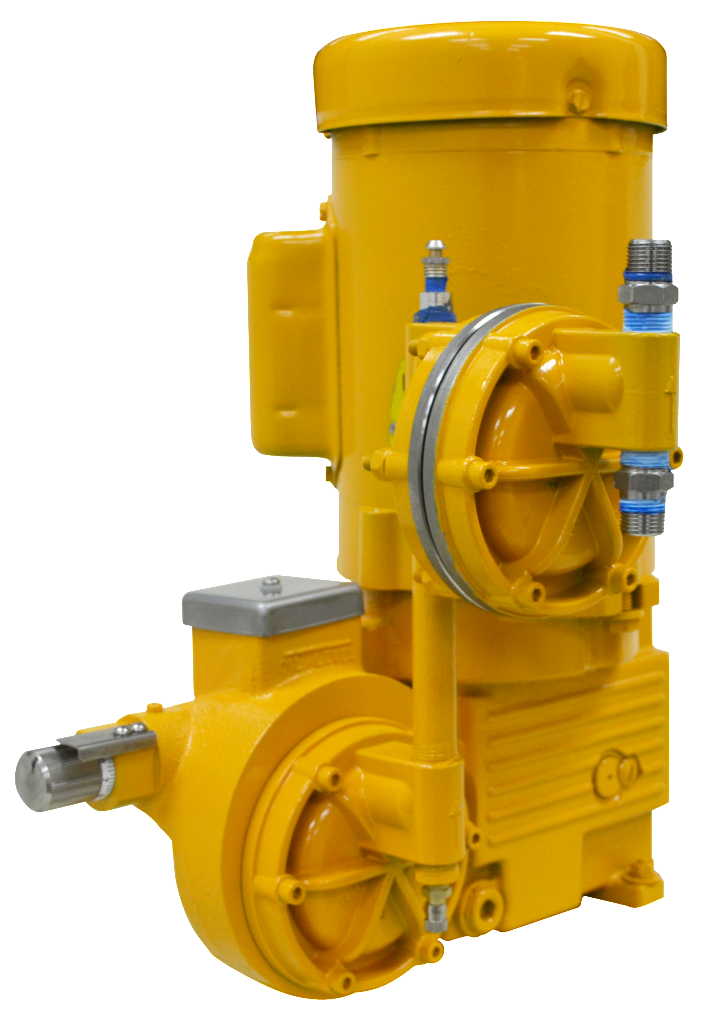This is the fifth of eight articles in the series Sizing & Selecting the Right Chemical Metering Pump.
This is where we take into consideration, the specific details of the application and everything that surrounds the pump. First, we should consider what kind of piping the pump needs to be connected to. What is the material, and what is the size? Does it need threaded connections (if so, male or female), or does it need flange type connections?
When the consistency and viscosity of the liquid get too thick then it could clog up in the valves and diaphragm head. For such liquids, it is important to use a tubular diaphragm where the liquid paths are more open, and it is easy to pass viscous and slurry type liquids.
On the other hand, if the temperature of the liquid being pumped is too high, it could negatively impact the hydraulic oil driving the pump and other components in the pump. For this we should consider using a remote diaphragm pump head,with which becomes a lot easier not only to keep the heat away from the rest of the pump, but also to remove heat with a cooling jacket around the remote head.
Then we should consider the application and whether a leak detection system is important. Many times in potable water or other food applications, customers prefer an early warning leak detection system so they can fix it before the oil in the pump contaminates the process lines.
There are two types of leak detection systems to consider. If the liquid being pumped is conductive then a conductive leak detection system is less expensive and effective. However, if that does not work there is a vacuum leak detection system option to consider.
Other options such as double ball check valves, Tungsten Carbide balls for abrasive liquids or slurry and degassing valve for liquids such as sodium hypochlorite are all useful options to be considered depending upon your application.
On the electrical side we need to make sure that the right voltage motor is ordered. Check the power supply available at the installation site of the pump and order the motor accordingly. If the pump is going to be sitting outside and would need protection against water ingress, you should order the enclosure that will provide protection against such damage. If the site could potentially have inflammable liquids and fumes you should order an explosion proof motor.

